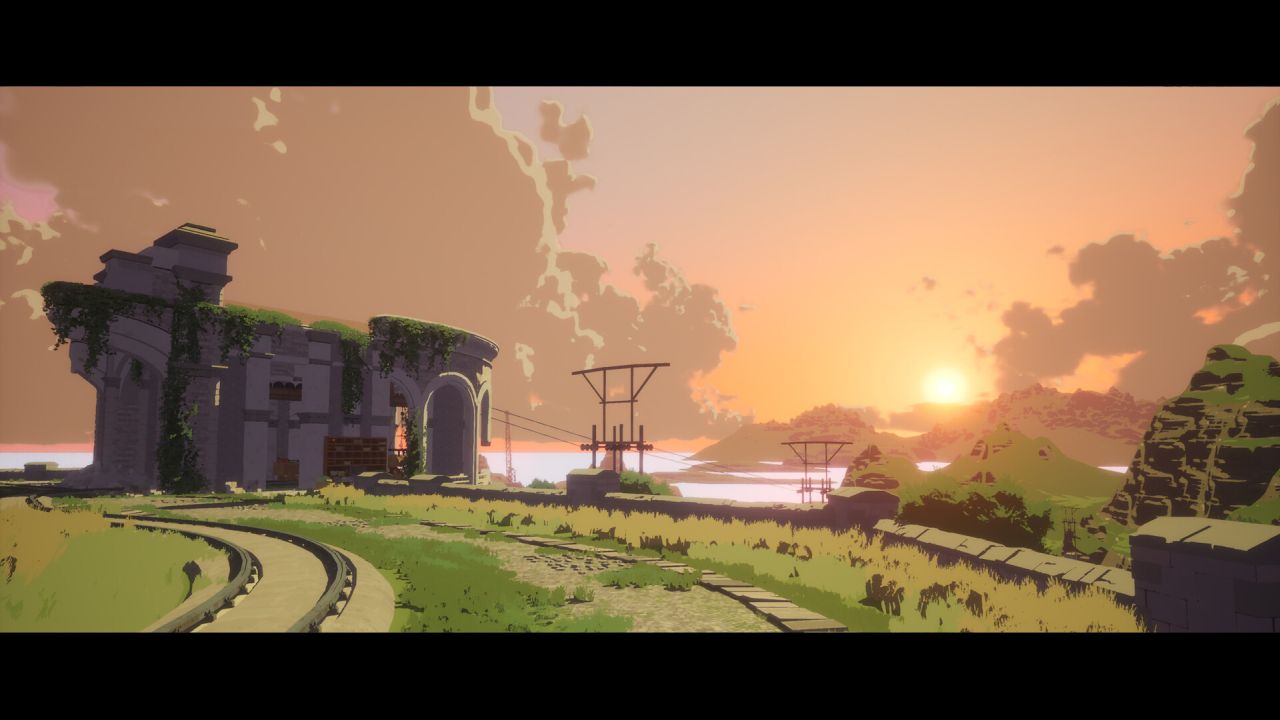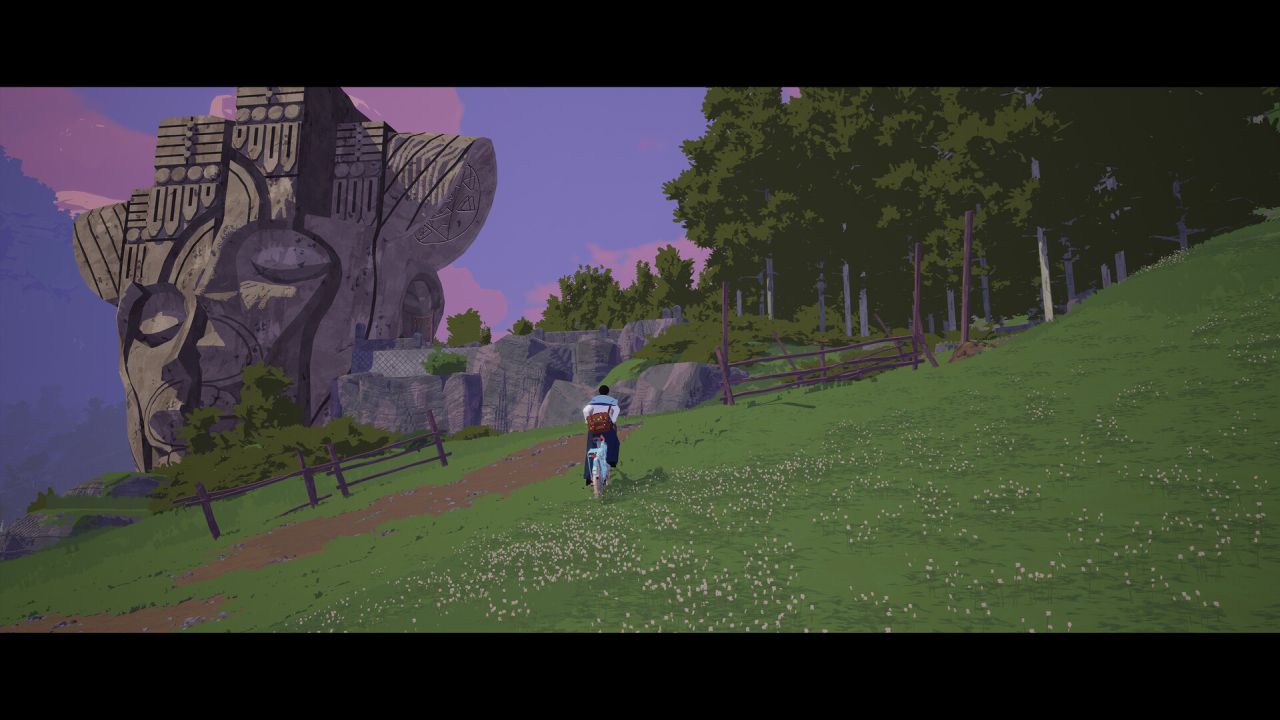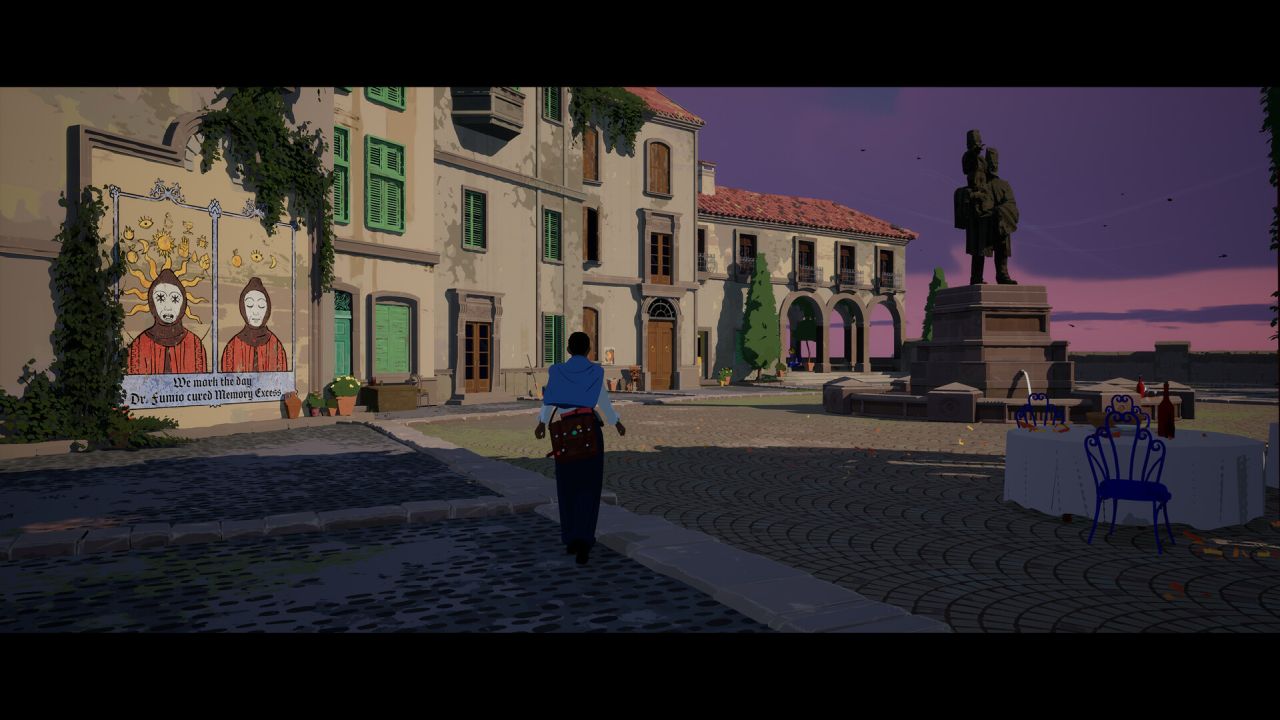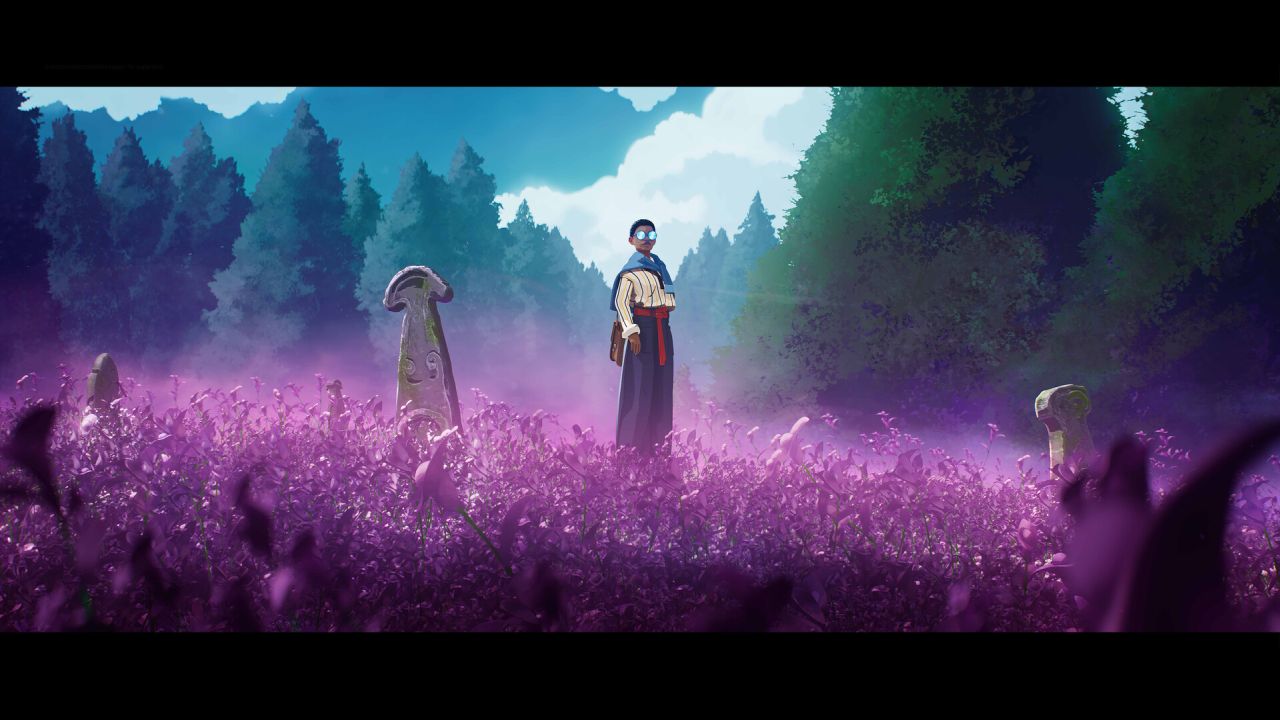Season: A Letter to the Future Review
This quaint but isolated village is all I’ve known, but my curiosity fuels me to take a leap into the unknown. I absorb my village’s surroundings one last time before I hop onto a bike conveniently on the outer skirts of the village. I begin cycling downhill through the beautiful prairie grasslands with breathless enthusiasm into the sun’s warm embrace, not knowing what is around the corner.

Season: A Letter to the Future is an experience committed to the art of environmental storytelling; everything you see, hear, and touch has a deeper, symbolic meaning behind it. It cleverly uses this unconventional narrative technique to create a world with beautiful scenic imagery that evokes calmness and serenity but is equally burdened by the shadows of its past and uncertain future.
The story begins with one of the local residents of your rural village prophecising that the current season is about to end. Although, the terminology of a season has taken more of a metaphysical description in this world instead of the traditional weather change. The previous season brought a devastating war with incurable illnesses. What the next season will bring is cryptic, but one thing is for sure, it will be a cataclysmic event. You assume the role of a young woman called Estelle, who negotiates a deal with the village elder to leave the town in exchange for documenting the outside world before it permanently disappears.
Using the bike will be your primary means of traversal, but speed and adrenaline will not be at the forefront of the adventure as the experience more resembles a walking simulator. You can travel great distances at one given time, but you are heavily encouraged to pedal slowly through the world, soaking in the locations you travel through, as this will likely be the first and last time you will ever get to see them in all their glory.

Controlling your bike is relatively simple and is accompanied by great DualSense implementation. As you press down on the pedal button (R2 or L2), you will feel moderate resistance, and once the bike has reached max speed, you will be unable to pedal anymore after you’ve attained the top speed possible. Of course, there are times when you can achieve a higher cycling speed, as gravity will pull you down slopes and hills more quickly. If you want to stop your bike at any point, you can press down on the brake (L1), and you will feel a slight resistance, with your speed dictating your stopping distance.
The landscapes are cleverly designed as they can quickly change from narrow pathways like cobbled stone roadways to more spatial areas like greenfields. These locations flow into each other naturally and never feel forced, and the game’s cell-shaded visual design makes these locations pop even more. Making your way along these roads creates a relaxing and almost cosy atmosphere. What makes the world you travel through so captivating is that prosperity and decay are at odds with one another, fighting for supremacy. One moment, there is a sense of tranquillity as you pet a goat by a riverside or interact with a working phone, giving the impression that connection to human civilisation is still very present. But, equally, there are signs of corrosion as you’ll come across graffiti scribbled across walls expressing loneliness, or you will hear a siren, indicating that the ricochets of war are fast approaching.
A key emphasis of the experience is to stop and interact with your surroundings before you begin moving again. Because of this reason, you will often find yourself going off the beaten track to look at some exciting pathway or interestingly built structures—however, the transition between biking and walking feels awkward at times as parking will take a few moments to trigger, which hurts the immersion. When off the bike, you will gain access to your equipment, which entails a camera, recorder, and journal. These items are essential for documenting your experience, as interacting with specific locations or objects will prompt an internal monologue, giving you a better understanding of the world.

The journal will act as your main documentation tool. At specific points of the story, it will require you to fill its empty, vacant pages and transform them into a collage of treasured chronicles. The journal can take shape by the thoughts gathered, photos, recorded noises, and even artwork you have sketched. The beauty of the journal is it’s moulded by what you wish to recall from the experience. You can take a minimalistic or a maximalism approach; it’s all down to you, as long as you put enough entries in to fill the inspiration bar.
Most of my journal was crammed with photos, as I often found myself being a shutterbug, taking snapshots of anything that looked somewhat intriguing. You can take pictures of almost anything in the world, from an abandoned farm to exquisite-looking shrine monuments. Before you take any picture, you can focus, zoom, and add a filter to an image, which adds a lot of personalisation to each photo and, in turn, your journal.
Recording sound notes was also fairly interesting, as you’ll be reminded of the magnitude of subtle things in nature that create noise, from birds happily chirping in the distance to water being sprayed from a fountain. In addition, mysterious purple flowers are scattered across the land, echoing conversations from the previous season, adding an ominous supernatural tone to everything transpiring. Overall, the recordings feel strangely comforting as curiosity is rewarded due to the wealth of information to uncover.

You also encounter a handful of inhabitors throughout the journey. Their stories help illustrate the hardship and perseverance of the previous season and its profound impact. Many have already lost so much and do not want to contend with any more heartache. In contrast, others are optimistic about the future and want to participate actively in that change. Although these characters would have touching backstories, I found them rudimentary and one-dimensional. Anyone who has undergone hardship would naturally want prosperity; however, other than stating it’s their desired outcome, many don’t take a lot of action to change this. Even our main character Estelle falls into this same trap, as she’s merely an observer, there to understand and document, and rarely partakes.
The way you interact with the world and your personal interpretation of the story will dictate how much you will get from Season: A Letter to the Future. After finishing the game at the ten-hour mark, I thoroughly enjoyed my time, as it superbly explores themes like civilisation, peace and spirituality. That said, I probably wouldn’t return for a second playthrough, as I feel like I’ve seen everything the game has to offer. If you’re on the hunt for something different with an unconventional storytelling method, then Season: A Letter to the Future will probably meet that mark.
